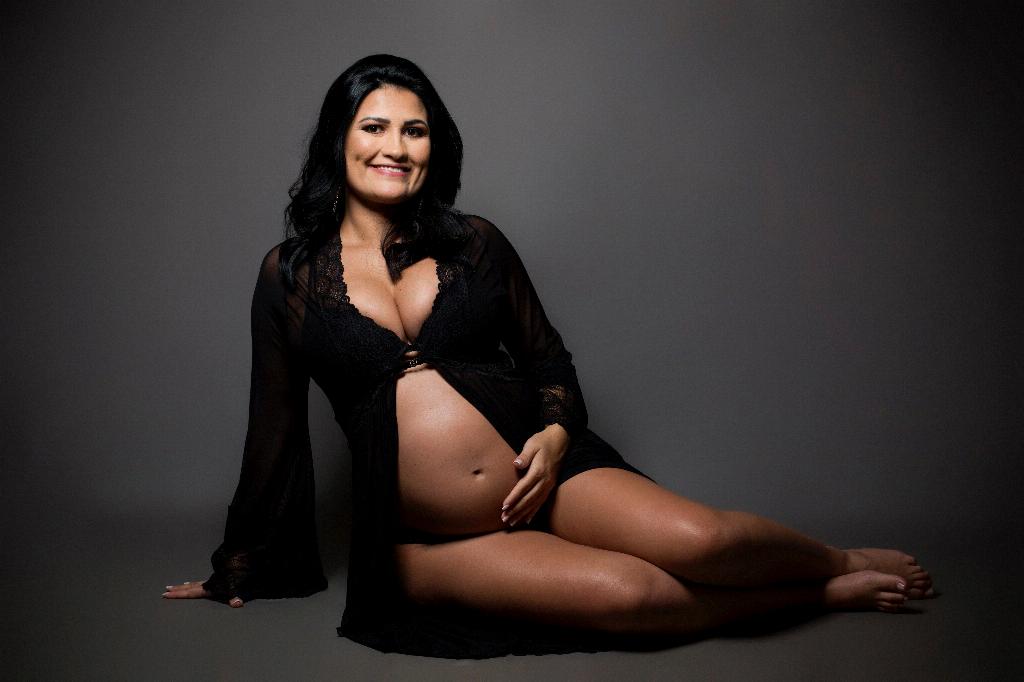When a dog is in the second week of pregnancy, physical changes are just starting to become noticeable. It’s a crucial time as the embryos implant into the uterine lining and begin to develop. While it may not be obvious visually, there are internal changes taking place that will gradually manifest externally as the pregnancy progresses.
Weight Gain and Belly Growth
One of the first signs of pregnancy in a dog at two weeks is weight gain. The dog’s belly may start to show a slight increase in size, and it might feel firmer to the touch. This change is due to the developing embryos and the increase in blood flow to the uterus to support their growth.
Changes in Behavior
During the second week of pregnancy, some dogs may exhibit changes in behavior. They might become more affectionate or more protective of their space. Hormonal changes can have a significant impact on a dog’s mood and temperament during this time.
Changes in Appetite
It’s not uncommon for pregnant dogs to experience changes in appetite around the two-week mark. Some may have an increased appetite, while others may become pickier eaters. It’s essential to monitor your dog’s food intake and make any necessary adjustments to ensure she is getting the nutrition she needs.
Visible Signs of Pregnancy
While the physical changes may not be as noticeable at two weeks, there are some subtle signs that you can look out for. The dog’s nipples may start to enlarge and change color, becoming more pronounced as the pregnancy progresses. These changes are a result of hormonal fluctuations and preparation for lactation.
Increased Rest and Sleep
As the body works to support the growing embryos, pregnant dogs may need more rest and sleep than usual. You may notice your dog seeking out quiet and comfortable spots to nap or rest. It’s essential to provide a peaceful environment to support her changing needs.
Veterinary Care
During the second week of pregnancy, it’s a good idea to schedule a check-up with your veterinarian. They can confirm the pregnancy and provide guidance on care, nutrition, and preparation for the upcoming weeks. Regular veterinary visits are essential to ensure the health and well-being of both the mother and puppies.
Supplementing the Diet
Discuss with your vet the possibility of supplementing your dog’s diet with prenatal vitamins or minerals to support her during pregnancy. These supplements can help fill in any nutritional gaps and ensure the health of the mother and developing puppies.
Exercise and Activity
While it’s essential to keep your pregnant dog active, it’s also crucial to avoid strenuous exercise or activities that could put her or the embryos at risk. Gentle walks and light play are suitable forms of exercise, but always monitor her for any signs of discomfort or fatigue.
Monitoring Health and Well-being
Pay attention to any changes in your dog’s health or behavior during the second week of pregnancy. If you notice any concerning symptoms such as lethargy, loss of appetite, or abnormal discharge, contact your veterinarian immediately for advice and guidance.
Preparing for the Future
As your dog progresses through her pregnancy, start preparing for the arrival of the puppies. Create a comfortable and safe whelping area, gather necessary supplies, and educate yourself on the birthing process. Being proactive and informed will help ensure a smooth transition for both the mother and the newborns.
Conclusion
In conclusion, a two-week pregnant dog may not exhibit significant physical changes, but there are subtle signs that indicate the beginning of a miraculous journey. By being attentive to your dog’s needs, providing proper care and nutrition, and seeking veterinary guidance, you can help support her through this critical stage of pregnancy and prepare for the exciting arrival of a new litter.

